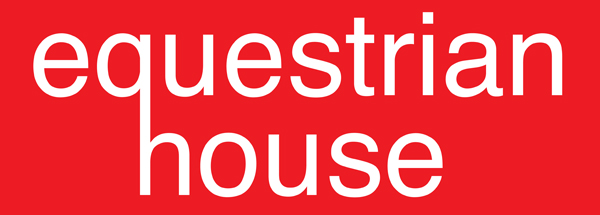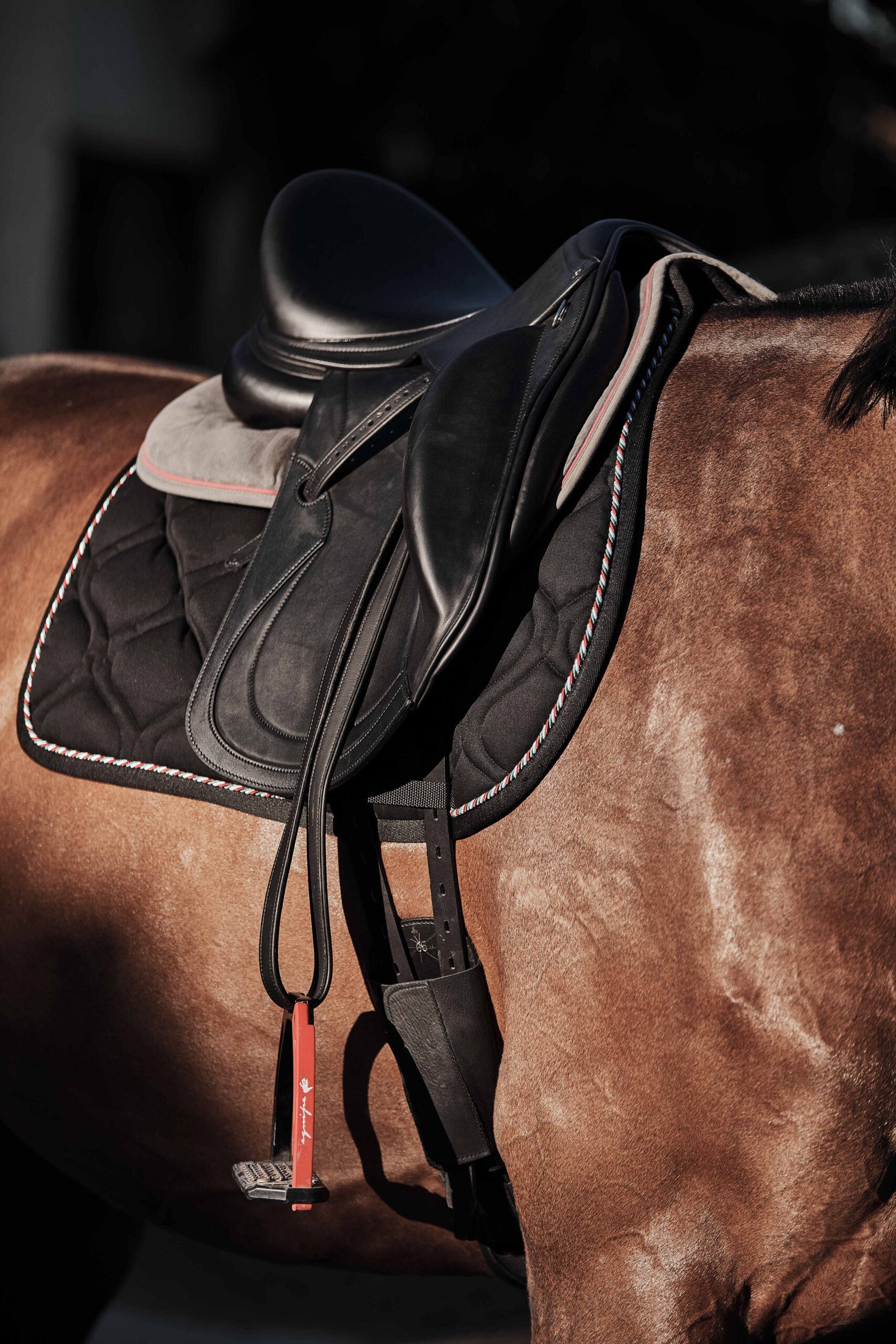Choosing Your Perfect Saddle
As every rider knows, taking care of your horse’s comfort has a direct correlation to their performance. Yet many horses still wear saddles that don’t fit and many riders are not comfortable in their saddle – this will affect their overall performance.
Comfort To The Rider
We believe there should be no compromise for horse or rider when it comes to comfort. Trainers often recommend their favourite saddle to their clients. However, the saddle that is perfect for your trainer may not be perfect for you, just as your trainers ‘perfect’ boots are unlikely to be perfect for you. As our bodies are different shapes and sizes so are our requirements. When making your saddle choice, it is essential to try saddles that give you different options to ensure your absolute comfort. When choosing your saddle for ultimate comfort, check the following factors suit you personally:
- Saddle seat size
- Depth of your saddle
- Width of your saddle seat
- Width of twist (grip)
- The balance of the saddle
- Material
Stability vs Freedom For The Rider
Clients are all very different in body type i.e. height, weight and length of leg and they like different levels of support from their saddle. Think about how much support you like from your saddle, remember that as individuals we each like something different. Some prefer large knee rolls and others like none at all. Remember the following:
- Stability for the rider cannot be achieved if the seat size of your saddle is too small or too large.
- The balance of the saddle must be correct or you will not maintain your balance and stability. This may create tension in your body.
- Flap length or position may affect your stability if it is not correct for your height and length of leg.
- Choose a knee roll position that suits you. For ultimate customization of knee roll style and position choose the Velcro option.
- Remember that if you are supported and comfortable, your seat balance and core stability will improve. This will in turn improve your performance and your horse’s performance.
Comfort To The Horse
Regardless of how much or little money you have spent buying your horse we believe all horses have the right to be comfortable and should be treated equally. Our clients trust that we can make their horses more comfortable than anyone else. At Equestrian House we are passionate about the welfare of the horse and every saddle designed and manufactured through the various brands has had a great deal of thought and field testing for functionality ensuring the product is as comfortable for the horse as possible. Be sure to take a look at the following areas:
- Check the flocking or foam in the panel of the saddle is smooth and not lumpy. You can do this by running your hands down the panel.
- Ensure that your saddle fitter checks that the gullet is wide enough for your horse and is not restricting the spine.
- Check that the entire panel from front to back is in contact with the horse and not bridging or rocking.
Stability vs Freedom For The Horse
Remember that horses do change shape and this can happen in as little as 6-8 weeks. The most common types of saddle movement caused by the horse are:
- The saddle moves forward
- The saddle swings behind
- The saddle bounces behind
- The saddle rolls from side to side
These symptoms must not be ignored as they will not go away. You will need to contact your saddle fitter to resolve any of these issues.
Adjustability
At Equestrian House we feel we can provide a superior service to our customers by offering full customization on our saddles from the riders comfort and stability to the horses comfort and stability. We have broken this tip in to two areas; adjustability for the rider and adjustability for the horse.
For ultimate comfort and stability, the following adjustability for the rider is available:
- Saddle seat sizes
- Seat comfort – standard or extra soft
- Depth of the saddle
- Width of the saddle seat
- Width of the twist
- Flap length and position
- Knee rolls
- Materials
For ultimate comfort and stability, for the horse the following is available:
- Tree widths – fittings and templates
- Panel style
- Panel filling – foam, pure wool and felt
- Girth strap positioning
These two vital areas of adjustment allow the panel to be re-flocked or re-balanced to your horse if there is a change of shape or condition. The saddle tree can also be adjusted if the horse changes shape significantly or if you change horses this increases the possibility of your saddle being re-fitted to your new horse.
Performance at every Level will be entirely influenced by the quality of the saddle fit. By definition: ‘The saddle must disperse the weight of the rider at an acceptable level of pressure over an acceptable area of the horses back’. We recommend without exception that all saddles fitted by an experienced, qualified saddle fitter to ensure true potential of your horse is gained through maximizing comfort, balance, stability and freedom.
Regular observations by your qualified saddler of the following points will ensure your horse is comfortable and will guide you when your saddle requires attention by your saddler. The purpose of the saddle tree is to distribute the rider’s weight evenly over the acceptable area of the horses back.
- The arch of the saddle in front must never contact the wither.
- The rigid part of the saddle (tree) must always be clear of the shoulder blade.
- The panel at the rear must not contact the horse past the last (18th) rib.
- Always see clearance through the length of the saddle gullet.
- Ensure the gullet is wide enough to avoid sideways pressure on the spine.
- The panel filling must always have a springy fell. Never hard or lumpy.
- The points of the tree must lay parallel to the firm contact of the horse.
- The saddle must be balance to evenly distribute the rider’s weight over the acceptable area of the horse’s back.
- The panel contact should be even on the horse through the length of the saddle.
- Keep records of changes of your horse’s weight, fitness and maturity.
- Observe the attitude of your horse whilst taking up and during work.




